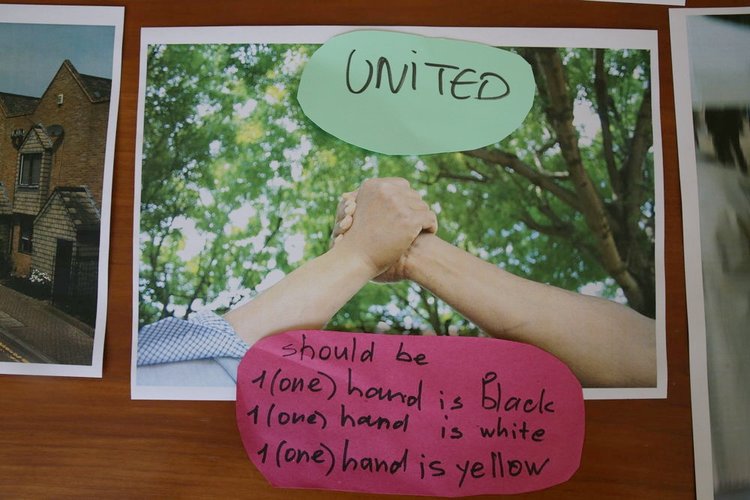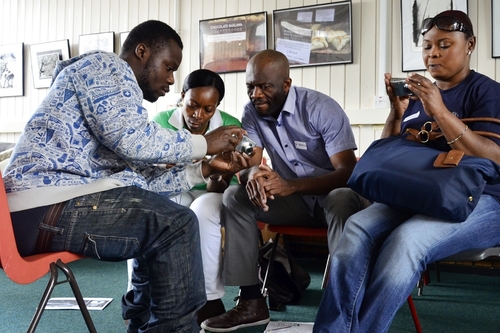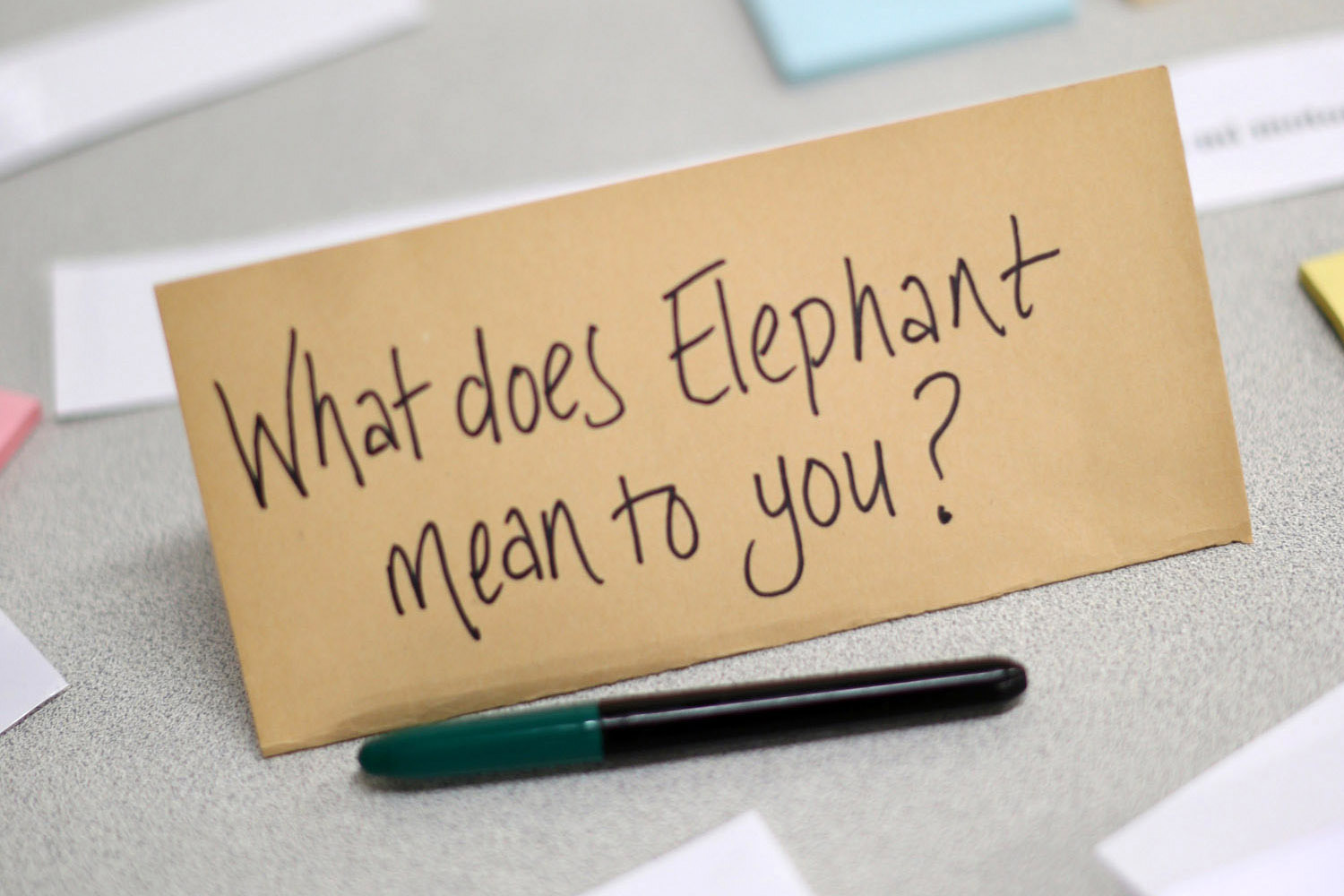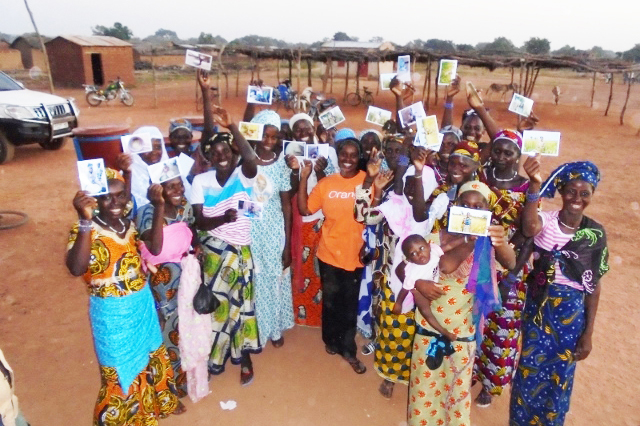
What does PARTICIPATORY PHOTOGRAPHY mean to us?
“We believe that self-representation and participation are universal rights and that stories should be shaped and owned by the people who are being represented”
According to (Chilton et al. 2009, 75), “Participatory Photography ‘enhance[s] internal reflection, self-awareness, and the exchange of individual’s perceptions in order to initiate personal and community change’ Additionally, it overcomes prohibitive barriers of literacy that are often present. It is within discussions engendered by images that communities find the tools to rebuild and/or transform themselves.
” What does this new trendy word ‘participatory photography’ means outside of the academic and development sector? Many practitioners and photographers use this word without fully understanding the meaning and the methodology that goes with it
Participatory photography is also used as a communication tool for development (C4D) contributing to social change. The approach focuses not only on the image itself, but also on the participants’ growth and reflection process. It is a creative means of collecting qualitative information and can be particularly effective when targeting an audience that is not used to speaking verbally or in writing or still not literate.
“Participatory photography” does not ONLY mean giving phone/cameras to people to give them a voice from their own perspectives but creating a safe and inclusive space in which a group of people is accompanied through a dynamic creative process with democratic participation centered around what matters to them. When facilitating a participatory photography or video project, one needs to put on their facilitator’s hat and leave behind their ‘professional photographers or filmmakers’ or ‘artist’s hats as the ascetics of what is a good or bad picture or any technical jargon do not have space in a visual participatory action research methodology.
What really matters in Participatory photography is the meaning behind each image and the process that the participants go through. They bring a bit of the informant’s world into the research. Often in this work there is a specific focus or topic: a place, environment, a common or local concern, memories, reconciliation, human rights, identity, international development goals. The process helps guide the participants approach and ensure the outputs contribute effectively to a structured evidence base. This method could include various processes such as leaving the cameras with the community involved, walking with them as they take images, interview people about the images and ask what is represented, produce collaborative portraits/maps/photo-stories/consultations.
Working with destitute asylum seekers in Wapping to tell their stories through images, group work and public exhibition with Jesuit Refugee Services UK
We designed and co-delivered a consultation with the Latin American community in Elephant & Castle using participatory photography and video with Latin Elephant and Insightshare
We worked with a group of young carers in Islington and Camden to capture the insights of their daily life, their challenges, their strength, their dreams, and their fears.
Participatory photography training of peer local peer facilitators and participatory photography needs assessment program in French for participants from rural Mali areas,




